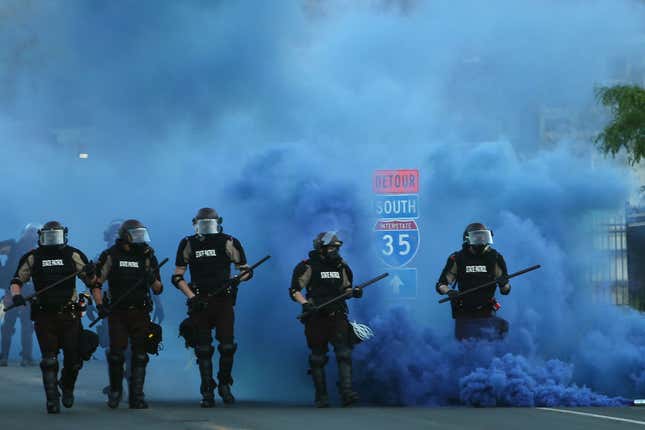
A report by Hillard Heintze, a risk management firm, details the lack of planning and communication between the Minneapolis police department, fire department and other agencies in response to the protests that occurred after the killing of George Floyd, according to the Associated Press.
The report describes a breakdown in communication between the city government agencies that left first responders high and dry. It also details how Minneapolis Mayor Jacob Frey did not put in place the city’s emergency protocols following the unrest and frustration that occurred in his city during the summer of 2020.
From the Associated Press:
Minneapolis has an emergency operations plan that is “well written, comprehensive and consistent with nationally recognized practices,” but the mayor did not ensure that it was properly implemented, according to the report.
Frey has asked city staff to create a plan for implementing the report’s roughly two dozen recommendations, the mayor said in a statement. The report suggests a range of changes to improve communications among city employees, boost police training on crowd control tactics and upgrade employees’ wellness programs, the Star Tribune reported.
“Trainings are underway, new structures are being put in place,” Frey said, “and we are in routine contact with multi-jurisdictional partners to enhance communications and operational preparedness.”
The researchers in the study claimed poor communication and frustration with command staff led to an uneven police response. As a result, the day after Floyd’s killing, police started to use rubber bullets and “chemical irritants” on protestors, according to the Associated Press.
In the report, researchers interviewed 90 community members and government employees, analyzed 30 hours of body camera footage and looked at nearly 2,400 documents.
This comes weeks after three of the officers who did nothing while Derek Chauvin killed George Floyd were found guilty of violating his civil rights and as a result, could face up to life in prison.

